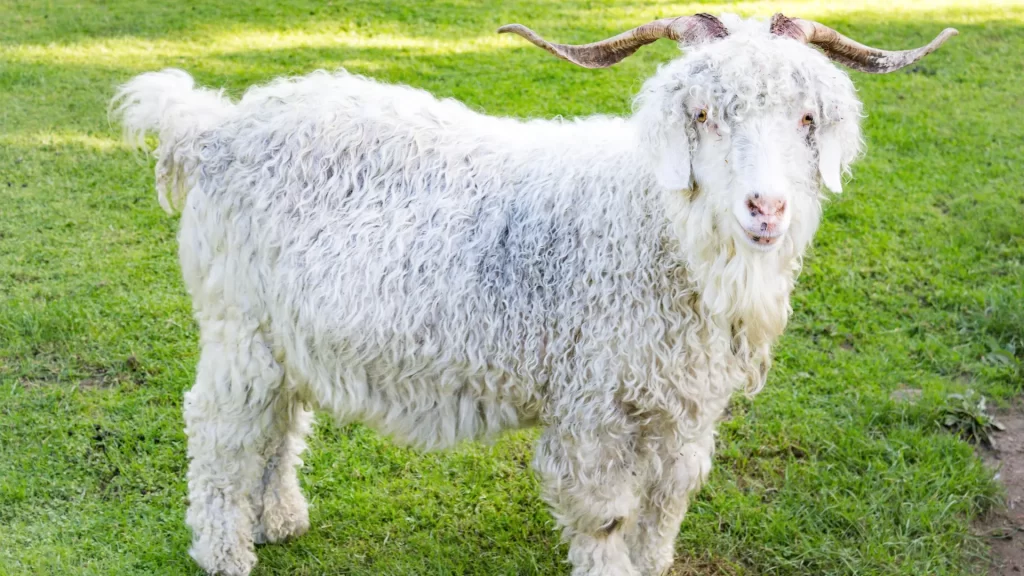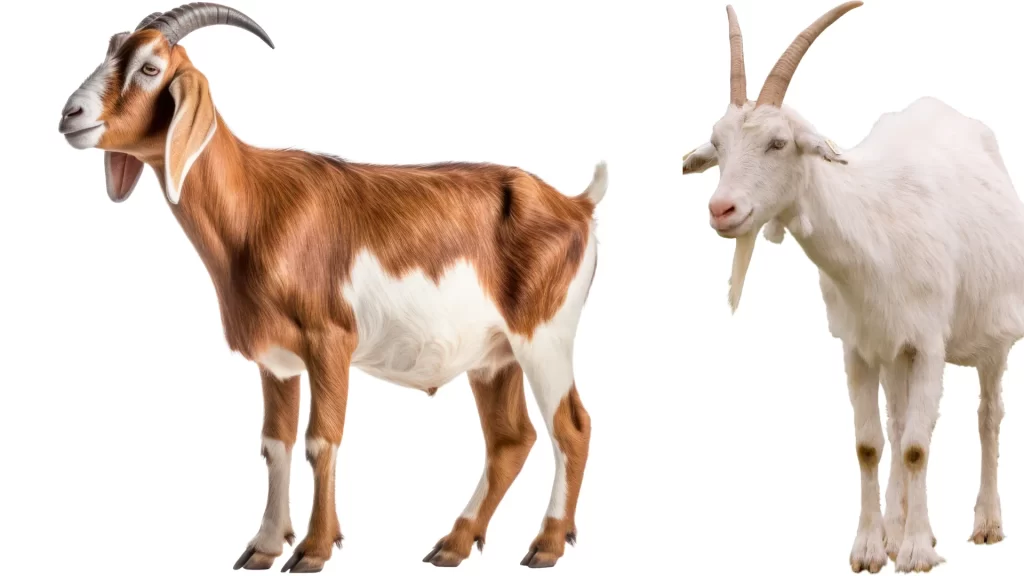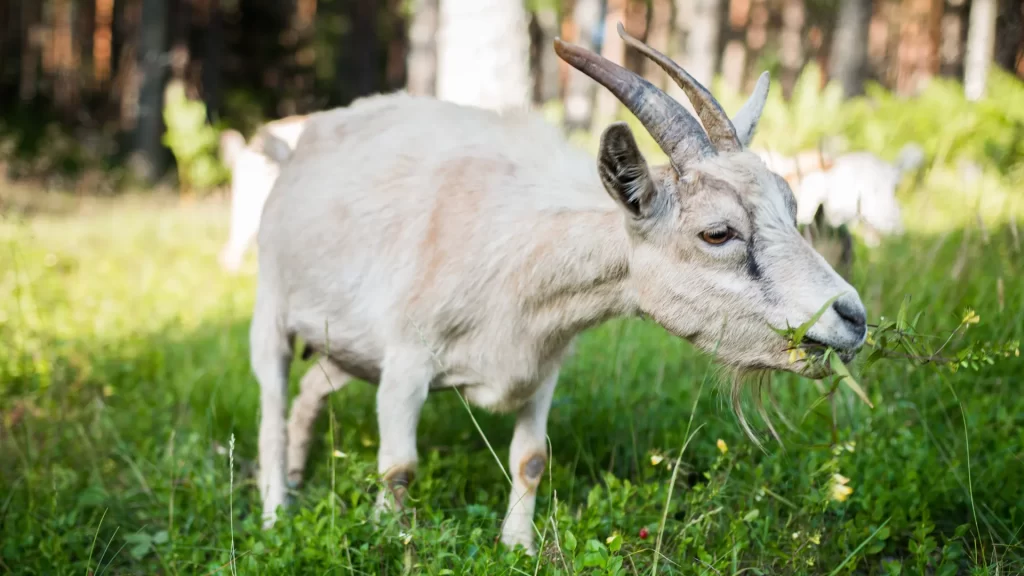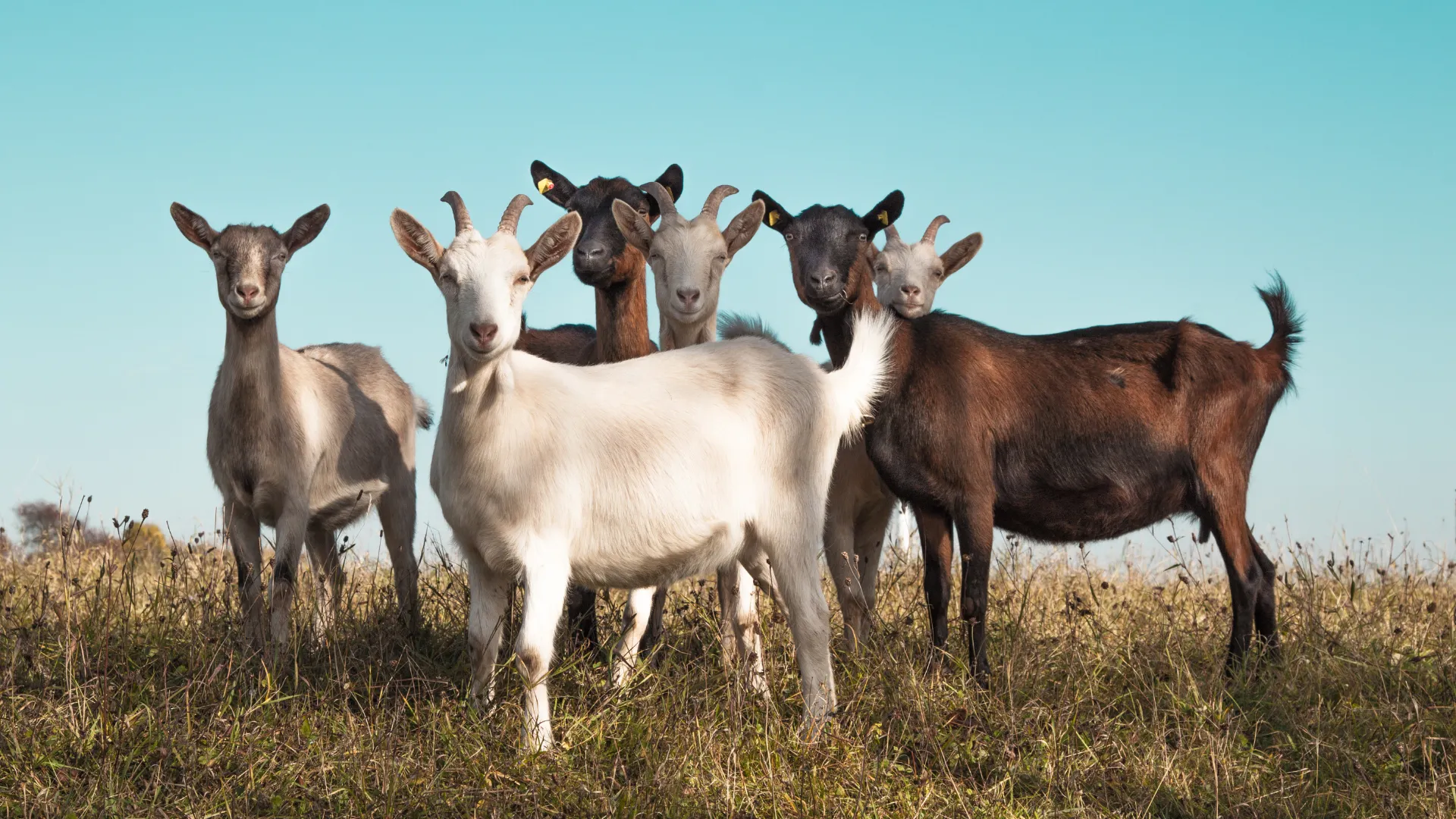Table of Contents
What are goat fiber ecosystem importance? A Sustainable Resource for the Environment
Understanding Goat Fiber: Types and Characteristics
Goat fiber is a valuable resource that is critical in maintaining healthy ecosystems. Goat fiber, which includes cashmere, mohair, and angora, is known for its softness, durability, and versatility. These fibers are used in textiles and contribute significantly to ecosystem health. What are goat fiber ecosystem importance?
Each type of goat fiber is unique. The luxurious cashmere is from cashmere goats. The sturdy, lustrous mohair is from Angora goats. Both are essential to the environment.
What is the importance of goat fiber ecosystems? They provide natural insulation and reduce reliance on synthetic materials. This will help both the environment and the industry last.
The Role of Goat Fiber in Ecosystems
Goat fiber is integral to a sustainable ecosystem. The process of growing and harvesting fiber from goats has a direct impact on the environment. What are goat fiber ecosystem importance? Goats graze on vegetation, helping control weeds and invasive plants.
Goat fiber production helps soil health. Their manure boosts fertility and supports a balanced ecosystem.
Goat fiber ecosystems are essential. They help the environment and agriculture.
The Importance of Goat Fiber in Ecosystem Sustainability

How Goat Fiber Contributes to Soil Fertility and Land Management
Goat fiber plays a vital role in land management by promoting soil fertility. When goats graze on the land, their manure is a natural fertilizer, enriching the soil with essential nutrients. By grazing on various plants, goats prevent overgrowth and maintain plant diversity.
The high-quality fiber that goats produce reflects the health of their land. So, goat farming is essential to sustainable agriculture.
Mitigating Overgrazing and Land Degradation with Goat Fiber
One of the key ecosystem benefits of goat fiber is its role in mitigating overgrazing. What are goat fiber ecosystem importance? Goats are known for grazing on shrubs and other plant species that could otherwise cause land degradation.
With proper management, goats can restore ecosystems. They prevent invasive species from taking over and allow native plants to thrive. This promotes vegetation diversity and reduces the likelihood of soil erosion. Goat fiber ecosystems are vital. They maintain the health and stability of natural landscapes.
Promoting Environmental Sustainability through Goat Fiber
Goat fiber is a renewable, biodegradable material. It is an eco-friendly alternative to synthetic fibers.
Cashmere and mohair goats help lower the carbon footprint in textile production. Choosing goat fiber helps consumers support eco-friendly resources and practices that benefit the environment.
Goat Fiber in Sustainable Agriculture and Livestock Practices
The Role of Goat Fiber in Sustainable Farming Systems
Goat fiber is crucial to sustainable farming systems. What are goat fiber ecosystem importance? Integrating goats into farming can diversify livestock. This will help stabilize and sustain the land.
Goats’ ability to graze on rugged terrain and feed on various plants allows for efficient land use.
Goat Farming for Livestock Diversity and Sustainability
Goat farming promotes livestock diversity, which is essential in maintaining resilient farming systems. Dairy goats and small ruminants boost the economy and biodiversity. By keeping diverse livestock, farmers can ensure
that their farming systems remain adaptable to changing environmental conditions. Goats are hardy and versatile. They can thrive in various climates, from alpine heights to dry areas in Iran.
This adaptability helps make goat farming sustainable worldwide. It promotes a healthy, diverse ecosystem.
Impact of Goat Fiber on Reducing the Need for Chemical Herbicides
Goat fiber helps reduce the need for chemical herbicides, promoting environmental sustainability. Goats’ natural grazing habits provide a non-toxic way to manage weeds and invasive plants. Goat grazing helps keep the soil fertile and supports ecosystem health. In contrast, herbicides can harm the environment and soil.
Goat fiber supports organic farming and reduces harmful chemicals.
Ecological Benefits of Goat Fiber

Goat Fiber’s Contribution to Habitat Preservation
The grazing habits of goats play a pivotal role in habitat preservation. What are goat fiber ecosystem importance? Goats help maintain plant diversity in ecosystems by grazing selectively.
This action prevents overgrowth and encourages the growth of native vegetation, which is essential for supporting diverse wildlife. The fiber from goats, like mohair and cashmere, is a product of sustainable practices. They show the positive impact of goat farming on ecosystem health.
Goat fiber ecosystems are essential. They highlight goats’ role in agriculture and the environment.
How Goats Help Control Invasive Plant Species
Goats are effective in controlling invasive plant species that threaten local biodiversity. By grazing on these plants, goats help preserve native plant species and maintain the ecological balance. Their work on invasive plants reduces the need for harmful pesticides.
This is crucial in areas where invasive species threaten the environment. Goats provide a natural, sustainable solution to land management.
Enhancing Biodiversity Through Goat Fiber Ecosystem Interactions
Goat fiber contributes to biodiversity by promoting healthy ecosystems. As goats graze and interact with their environment, they help sustain the diversity of plant and animal life in their habitats. Goats reduce invasive plants. This creates space for native species to thrive. In turn, this supports a diverse range of wildlife.
The fiber from these goats is vital to a circular ecosystem. It sustainably uses resources, benefiting both the animals and the environment.
Also Read: What Does Charity and Sincerity Mean: A Deeper Reflection
Economic and Cultural Importance of Goat Fiber
Economic Benefits of Goat Fiber Production
Goat fiber is a vital economic resource for farmers and the textile industry. What are goat fiber ecosystem importance? The global demand for cashmere and mohair provides a steady income for farmers who raise goats.
Countries like Iran, which has a strong goat-farming tradition, benefit from selling high-quality fibers. Also, the textile industry values goat fiber for its softness and warmth. This creates a lucrative market for farmers worldwide.
Understanding the importance of the goat fiber ecosystem shows its economic benefits. It also promotes sustainable farming practices. What are goat fiber ecosystem importance? They support biodiversity and reduce environmental impact by encouraging eco-friendly farming methods.
These fibers are made using sustainable practices, benefiting both the economy and the environment. What are goat fiber ecosystem importance in fostering a balance between economic growth and ecological health?
Traditional and Modern Uses of Goat Fiber (Cashmere, Mohair, etc.)
For thousands of years, goat fiber has been used to create high-quality textiles. Various cultures have long used cashmere and mohair garments. These include sweaters, scarves, and shawls. Today, these fibers are still highly prized in the fashion industry.
Sustainable fashion’s rise has sparked interest in goat fiber. It is a natural, eco-friendly alternative to synthetic materials.
The Role of Goat Fiber in Textile Industry and Sustainable Fashion
The textile industry’s demand for eco-friendly materials has highlighted goat fiber’s value. Cashmere and mohair are both renewable and biodegradable. This makes them great options for sustainable fashion.
Using goat fiber helps reduce the environmental impact of textile production. This shift toward sustainability in fashion reflects a more significant trend. It favors the environment, using natural fibers, like goat fiber, to replace synthetics.
The Role of Goat Fiber in Combating Climate Change
Carbon Sequestration and Goat Fiber’s Contribution to Climate Action
Goats and their grazing habits play a role in carbon sequestration, which helps mitigate climate change. By promoting healthy soil, goats contribute to the capture and storage of carbon in the earth.
Healthy soil acts as a key carbon sink. Goats support this vital service by promoting sustainable grazing practices. Goat fiber is part of a movement for sustainable practices. They aim to reduce carbon footprints and fight climate change.
How Goat Fiber Helps Mitigate the Effects of Climate Change
Goat fiber also helps mitigate the effects of climate change by promoting sustainability in farming. Goats’ grazing reduces the need for synthetic fertilizers and pesticides. Those chemicals can degrade soil and increase greenhouse gas emissions.
Choosing goat fiber supports a farming system. It prioritizes ecological balance and sustainability. This helps fight climate change.
The Future of Goat Fiber in Ecosystem and Sustainable Practices

The Role of Goat Fiber in Promoting Circular Economy
Goat fiber plays a vital role in promoting a circular economy. What are goat fiber ecosystem importance? It is a renewable, biodegradable resource. It can be reused and recycled. This reduces waste and promotes sustainability.
As demand for eco-friendly materials grows, goat fiber can help. It solves problems caused by synthetic fibers. By supporting goat fiber, consumers help create a more sustainable textile industry that values the planet’s health.
Understanding what are goat fiber ecosystem importance highlights its contribution to reducing environmental impact and fostering a more sustainable future.
Advancing Sustainable Goat Farming Practices for Ecosystem Health
The future of goat farming lies in advancing sustainable practices that benefit animals and the environment. What are goat fiber ecosystem importance? Goat farmers can help ecosystems by adopting eco-friendly practices.
These include rotational grazing and organic land management. The continued growth of the goat fiber industry will play a significant role in promoting sustainability in agriculture and helping preserve ecosystem health for future generations.
Understanding what are goat fiber ecosystem importance emphasizes how these practices can support long-term environmental balance while providing valuable resources.


